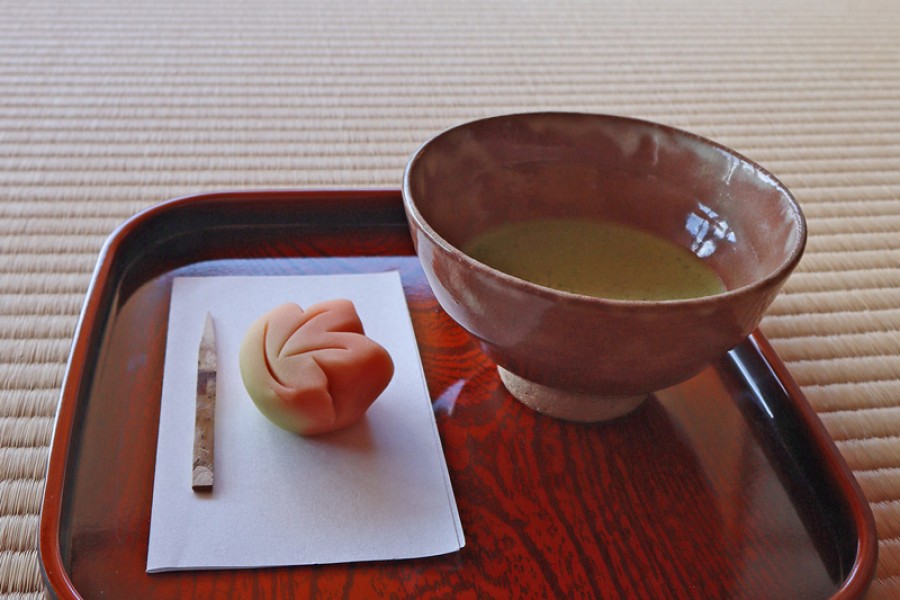
Green Tea Experience at Suirakuen Garden
Try matcha green tea in a traditional tea house in Suirakuen Garden, located inside Nanko Park. Suirakuen Garden is also a popular place to visit for its fall foliage.

Yoshikawaya is a Japanese hot spring resort in Iizaka Onsen town that blends in perfectly with the surrounding nature.
Yoshikawaya is situated near a crystal-clear stream that runs down a mountain range in Fukushima City. Ryokan services are constantly improved to match the needs of guests.
The ryokan provides lovingly-prepared seasonal dishes to overnight guests, with a lot of thought put into creating great flavor profiles while ensuring nutritional value.
What makes Yoshikawaya special is the way the ambience is kept as close to nature as possible. With high-class service and hospitality provided by Yoshikawaya's dedicated staff, visitors are sure to enjoy their stay.
| Website | http://www.yosikawaya.com/other_languages/english/ |
|---|---|
| Contact | Yoshikawaya (+81) 24-542-2226 |
| Parking | Free parking available. Disabled parking available. |
| Accommodation details | Capacity: 128 rooms (Accommodates 650 guests) Room charge: From 16,350 yen (including dinner and breakfast) Check in / Check out: From 3:00 PM / Until 10:00 AM Hot springs: Public bath (2 inside baths, 2 open-air baths, 1 reservable private outdoor bath) |
| Related info | Free Wi-Fi available in the convention halls and lobby area. Wheelchair rental available. Shower chair rental available. Wheelchair-accessible toilet available at the third floor. Room types: Japanese-style: 95 Western-style: 23 Combination-style: 2 VIP rooms: 3 Suite Room with Private Open-Air Bath: 2 Room with Private Open-Air Bath: 3 |
| Book a room | TripAdvisor.com |
| Access | Shinyu 6, Yuno, Iizaka-machi, Fukushima City, Fukushima Pref. 960-0282 View directions |
|---|---|
| Getting there | By Car: 12 min from the Fukushima-Iizaka I.C. exit off the Tohoku Expressway By Train: 7 min by taxi from Iizaka Onsen Station (Fukushima-Kotsu Iizaka Line). A shuttle bus is available for guests staying overnight. Mapcode for Car GPS:76 307 775*82 |

Try matcha green tea in a traditional tea house in Suirakuen Garden, located inside Nanko Park. Suirakuen Garden is also a popular place to visit for its fall foliage.
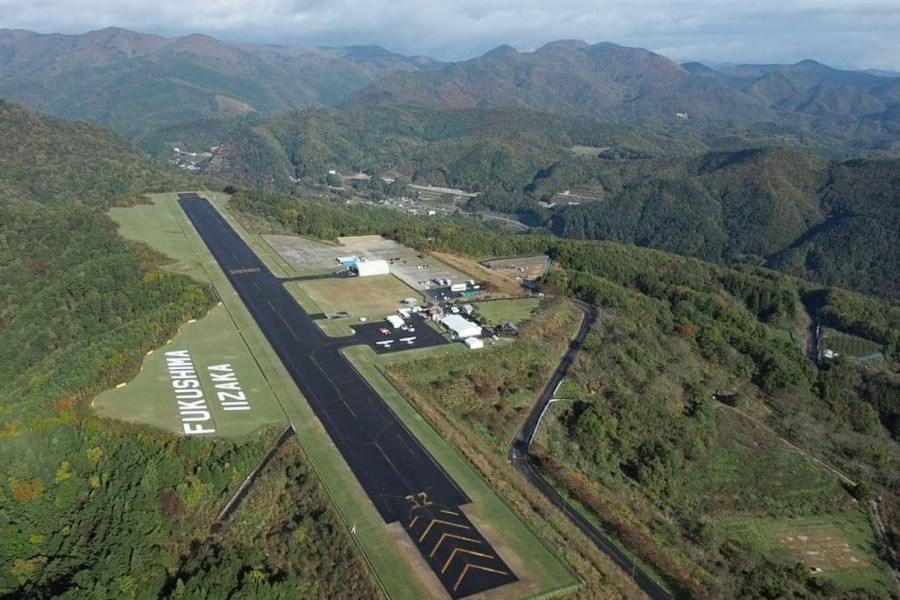
A rural landing field located 10 km Northwest of central Fukushima City. Starting with the Azuma Mountain range, the beautiful mountain vistas surrounding this massive location will leave you mesmerized. In addition to aircraft take-off and landing practice, it is possible to use the Fukushima Sky Park for various events. It is widely used for music events, automobile and motorcycle test drives, and a test venue for public organizations.
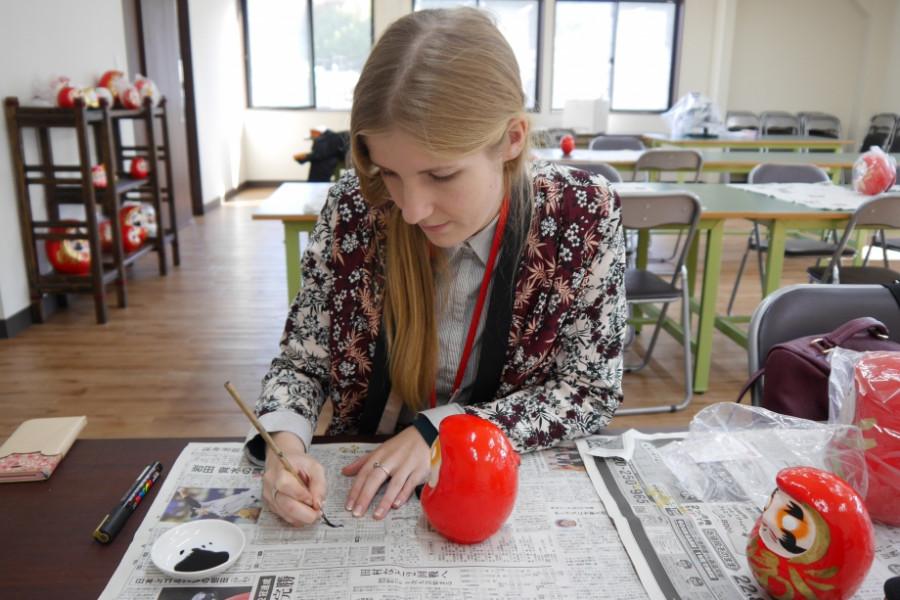
There are records of Shirakawa Daruma (Japanese traditional dolls) being sold as far back as the feudal reign of the Niwa Domain in 1627. Current Shirakawa Daruma are known as “Shirakawa Tsurugame Shochikubai Daruma.” The faces of these dolls are painted to incorporate various animals and plants, with the eyebrows representing cranes, the mustache representing a turtle, the ears representing pines and plum trees, and the beard representing bamboo or pine trees. All of these images are thought to bring good luck. The daruma is known to be a very classical, lucky talisman, started by Matsudaira Sadanobu, the lord of Shirakawa, when he hired the renowned painter Tani Buncho to paint the now famous face on the daruma doll. Once every year a large Shirakawa Daruma Market is held to celebrate and sell the beloved daruma dolls. You can paint your own daruma at the two daruma workshops in town!

Ebisu Circuit – revered as a drift racing paradise – is visited every year by lots of international visitors. Ebisu Circuit’s ‘Drift Taxi’ experience lets you ride as a passenger in a special drifting car while a professional Drift School Teacher speeds around the circuit! Booking and more information here.
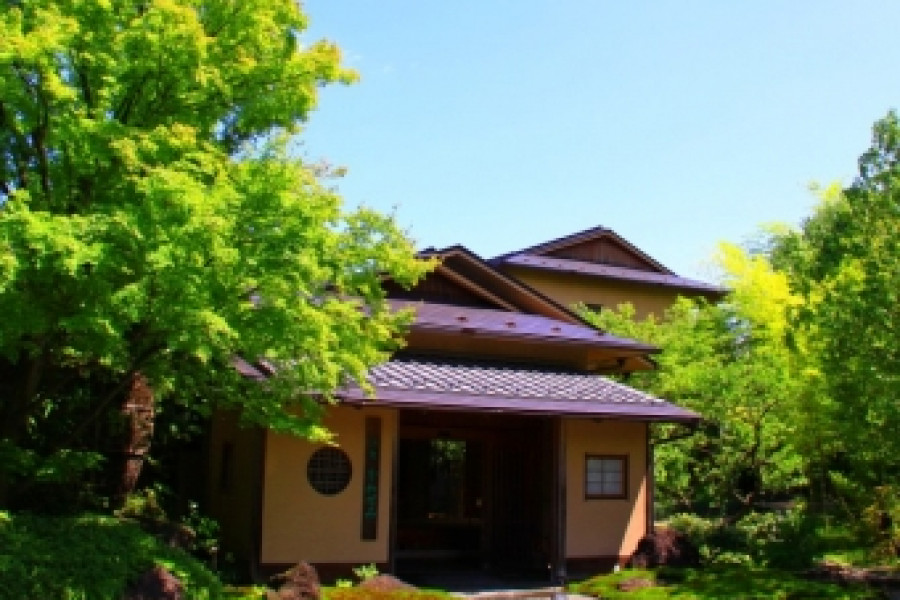
Onyado Kawasemi is a luxury, 12-room onsen hotel located on 2.5 acres of land, just outside of central Iizaka Onsen Town. Here you can enjoy everything in traditional Japanese style, from the food and hospitality to the decor and atmosphere.
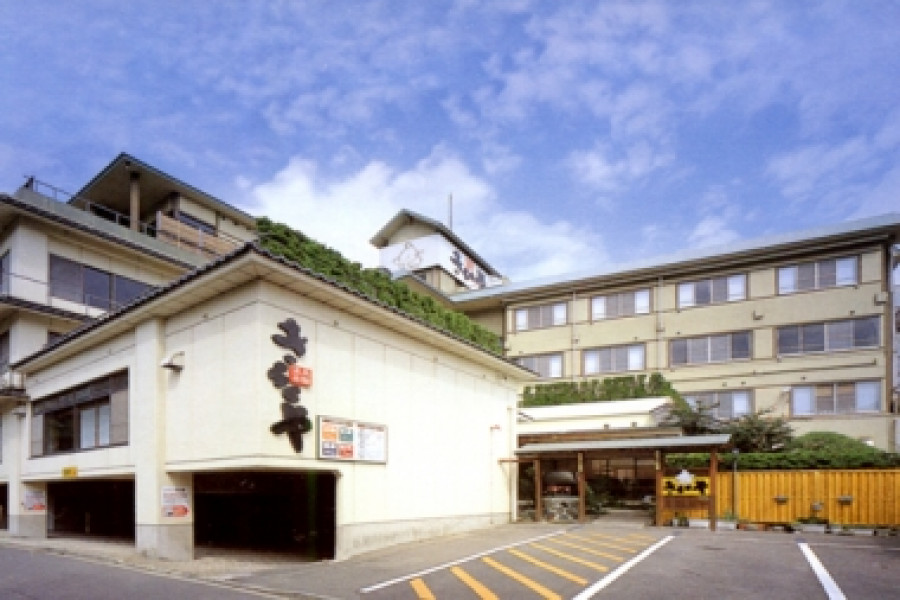
Kirakuya Inn has friendly, English speaking owners. The inn is conveniently located for travel from Tokyo and rooms have reasonable prices, making it an ideal stop for visitors from abroad. A stay at Kirakuya will also give you the opportunity to experience bathing in a natural hot spring. The springs are available for private hire for those who are a little shy about bathing in public.
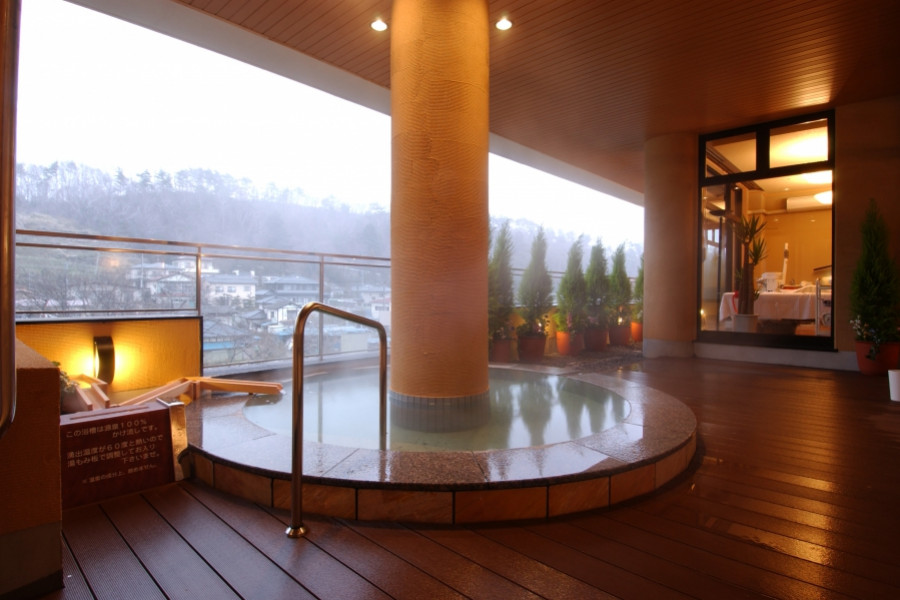
Daily entertainment includes:From 8:30 PM: Mochi (rice cake) pounding event From 8:50 PM: Musical performance of the day (Tsugaru-jamisen, Taisho-goto harp, etc.)
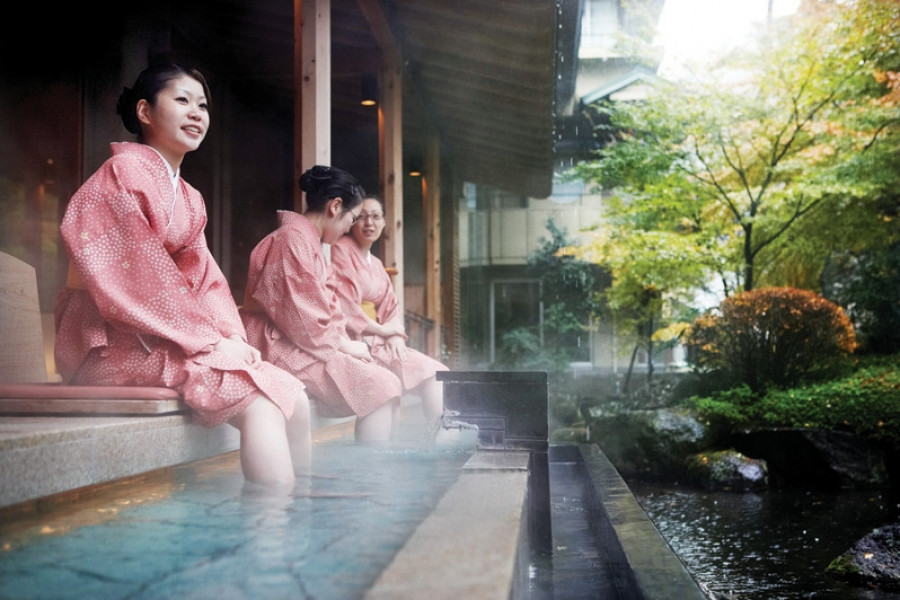
A beautifying hot spring hotel with fantastic dining options and over 30 different baths to try.